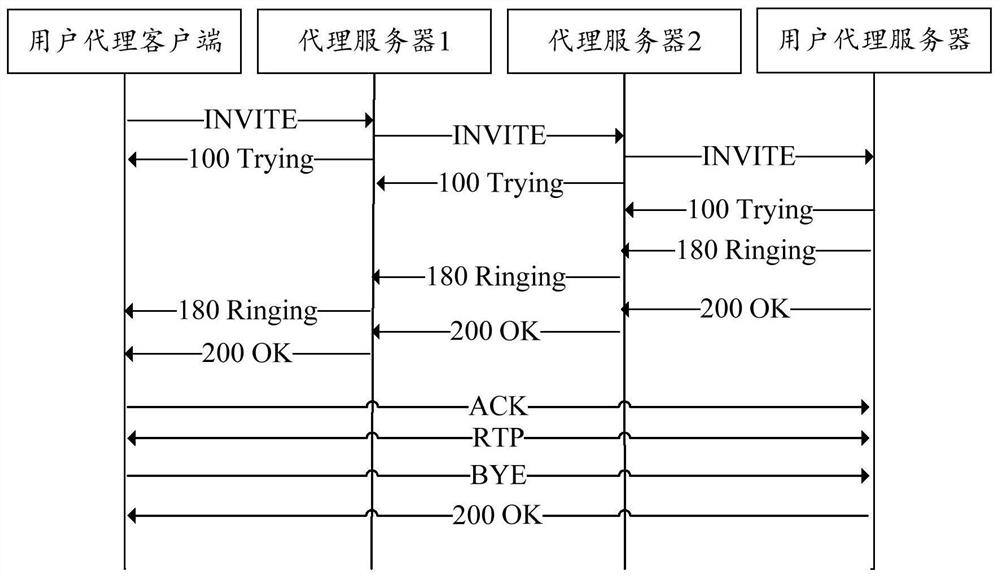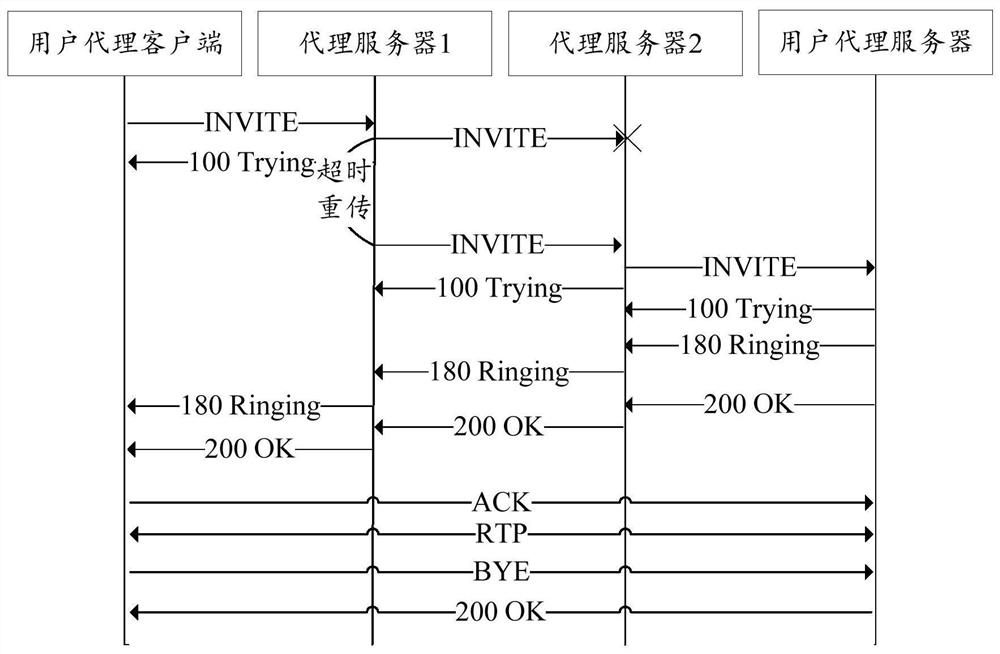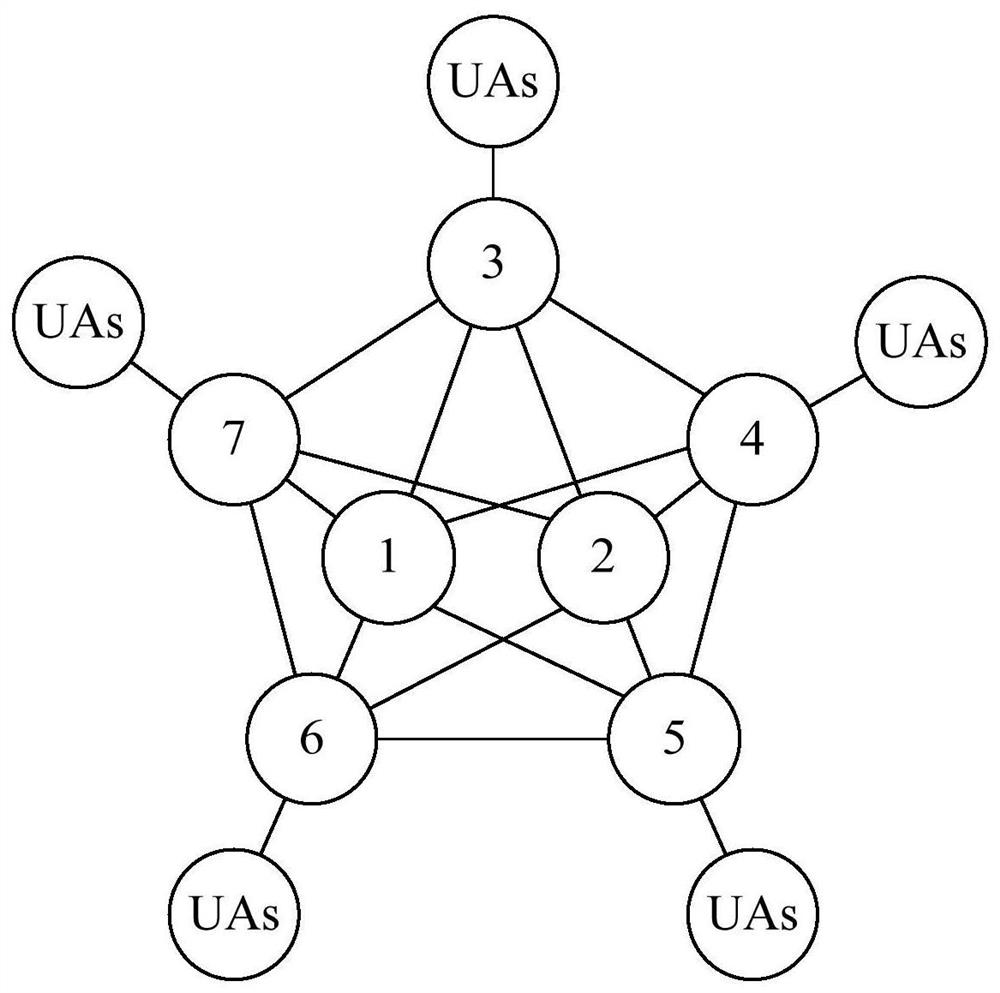Server and overload control method thereof
An overload control and server technology, applied in the field of network communication, can solve the problems of increasing the request volume of the proxy server 2 and increasing the load of the proxy server 2, so as to reduce the number of retransmissions, eliminate and prevent the overload of the server, and shorten the transaction timeout period. Effect
- Summary
- Abstract
- Description
- Claims
- Application Information
AI Technical Summary
Problems solved by technology
Method used
Image
Examples
Embodiment Construction
[0052] The technical solutions in the embodiments of the present invention will be clearly and completely described below with reference to the accompanying drawings. Obviously, the described embodiments are only a part of the embodiments of the present invention, rather than all the embodiments. Based on the embodiments of the present invention, all other embodiments obtained by those of ordinary skill in the art without creative efforts shall fall within the protection scope of the present invention.
[0053] The server overload control method provided by the embodiment of the present invention can be used to control the server load in a SIP network, and the SIP network usually includes multiple SIP trunking systems. image 3 Shown is the SIP network topology diagram, it should be noted that, image 3 Shown is only part of a SIP network. A SIP network includes a communication path, multiple user agents (User Agent, UA), and multiple servers on the communication path. imag...
PUM
 Login to View More
Login to View More Abstract
Description
Claims
Application Information
 Login to View More
Login to View More - Generate Ideas
- Intellectual Property
- Life Sciences
- Materials
- Tech Scout
- Unparalleled Data Quality
- Higher Quality Content
- 60% Fewer Hallucinations
Browse by: Latest US Patents, China's latest patents, Technical Efficacy Thesaurus, Application Domain, Technology Topic, Popular Technical Reports.
© 2025 PatSnap. All rights reserved.Legal|Privacy policy|Modern Slavery Act Transparency Statement|Sitemap|About US| Contact US: help@patsnap.com



